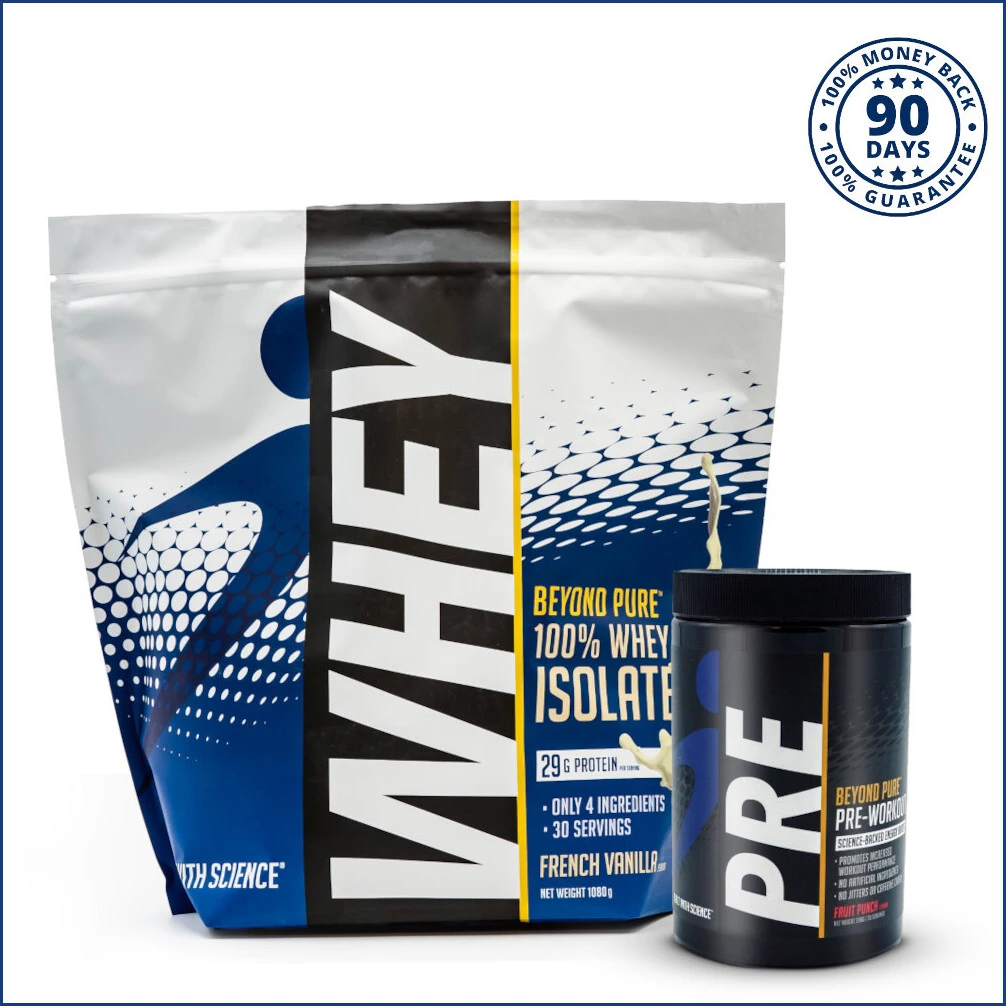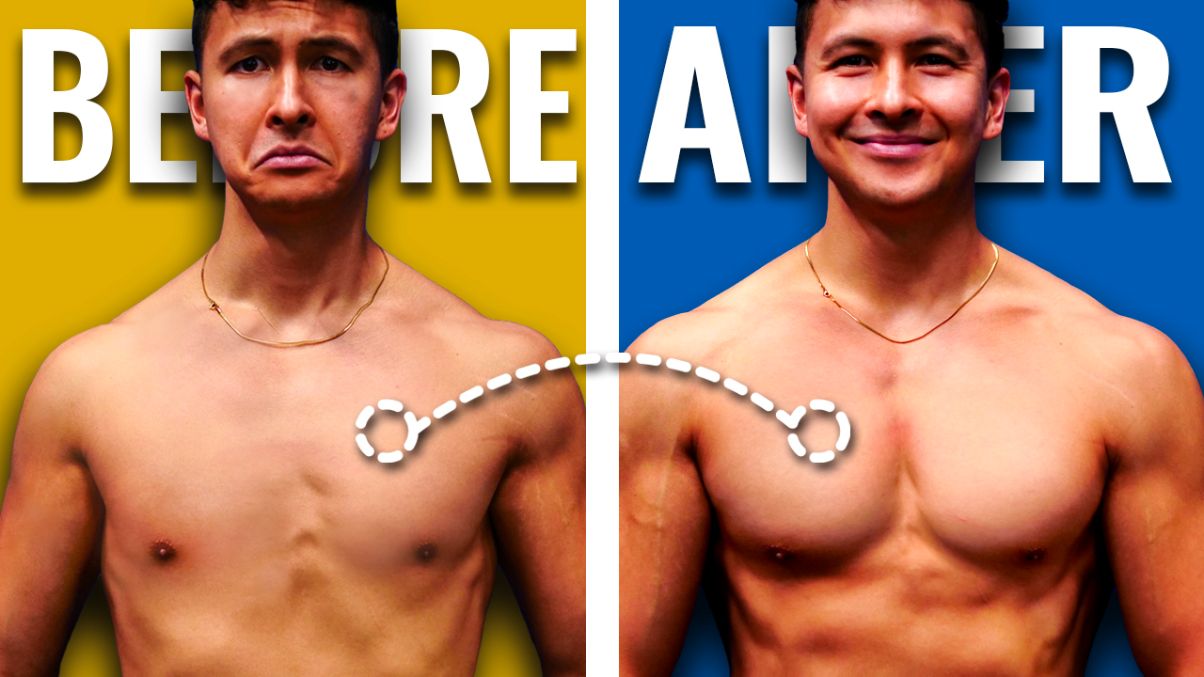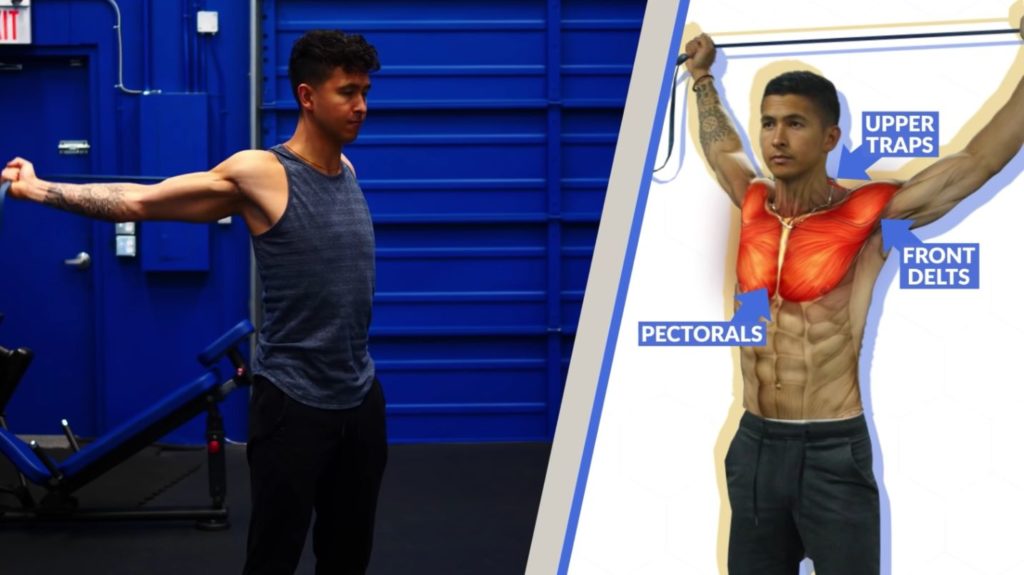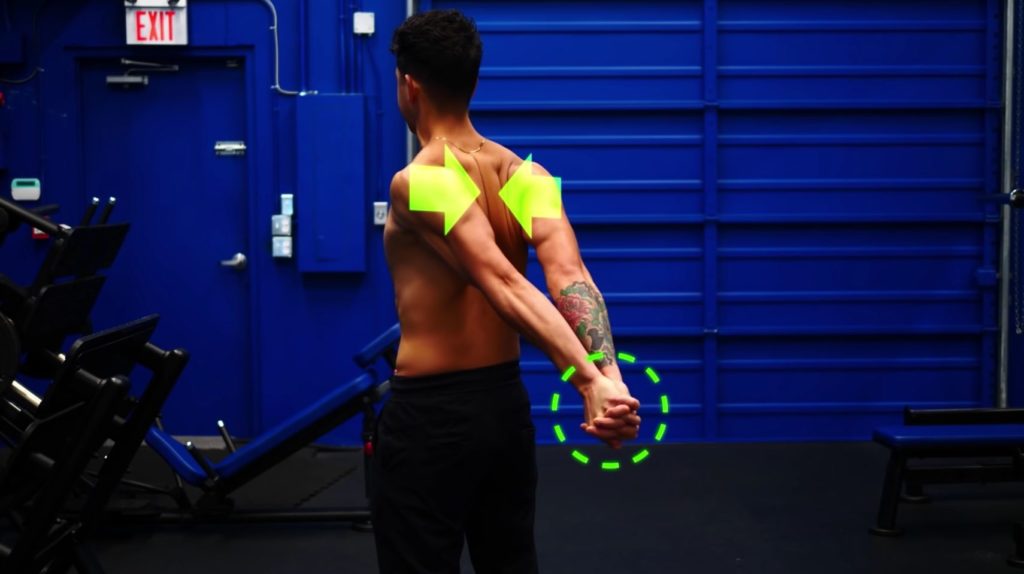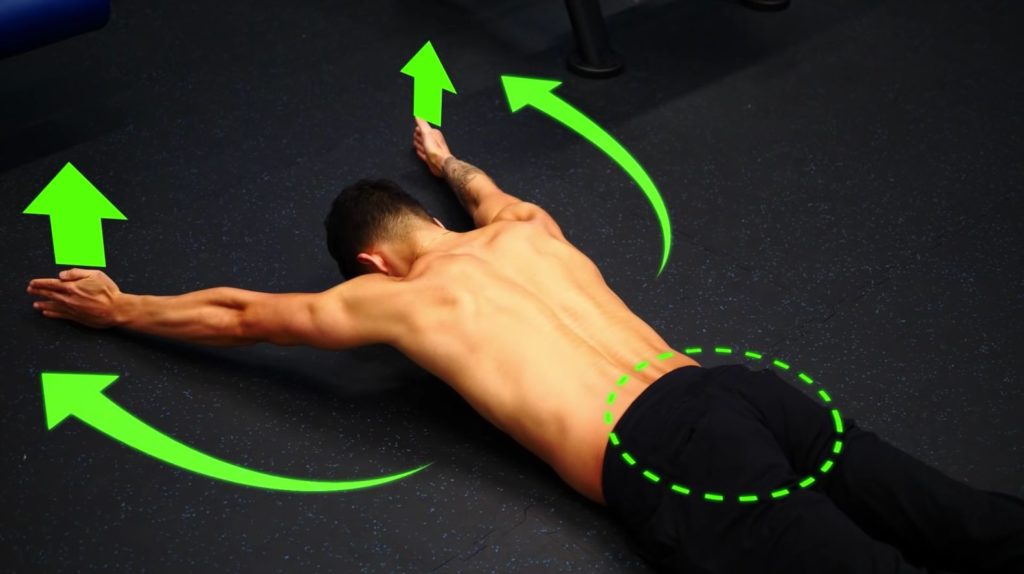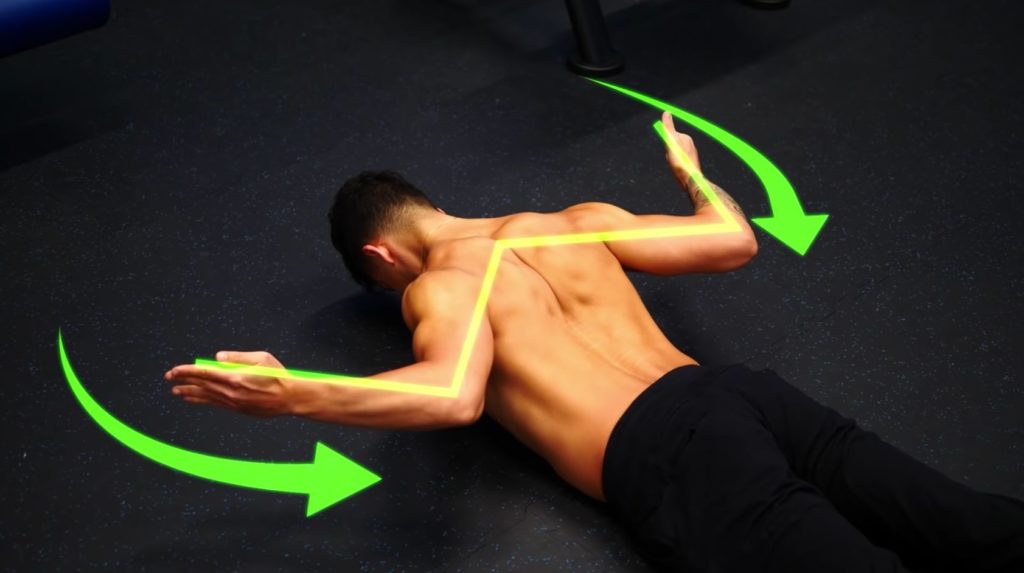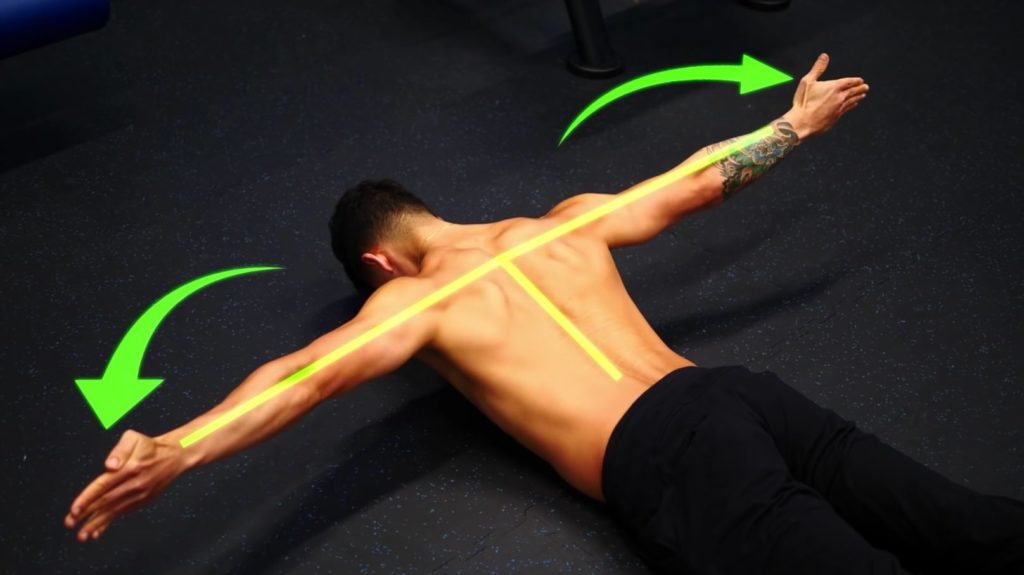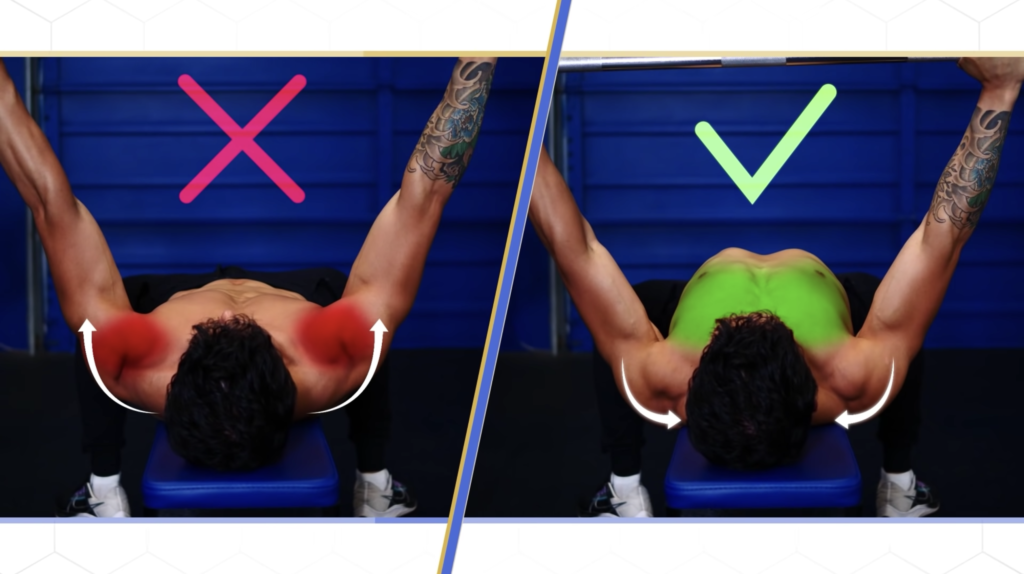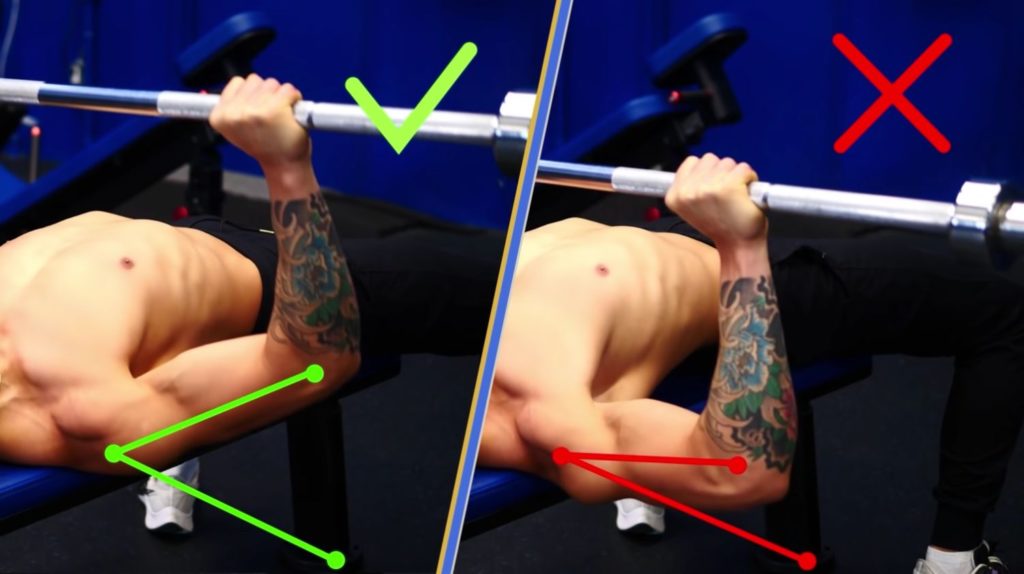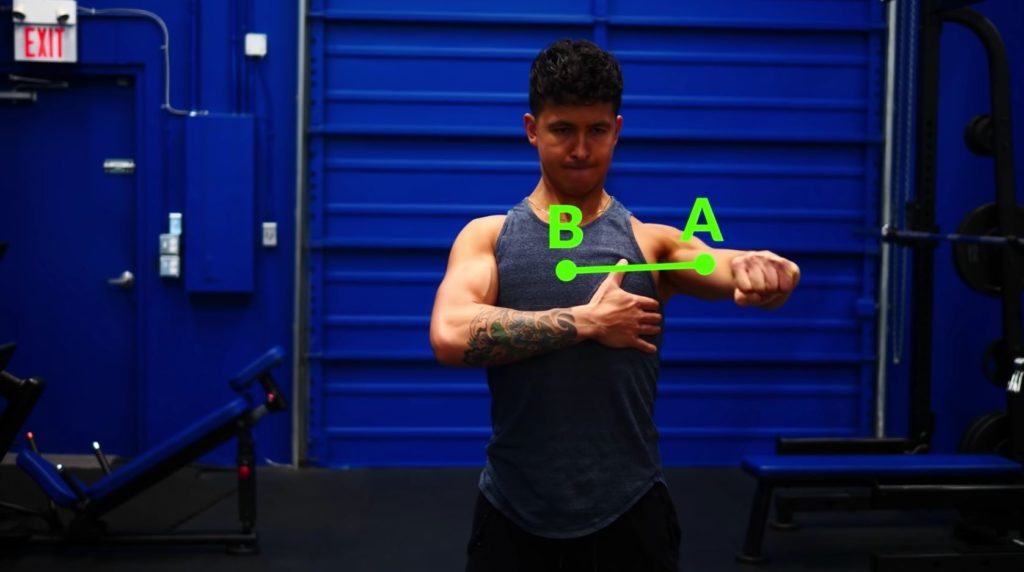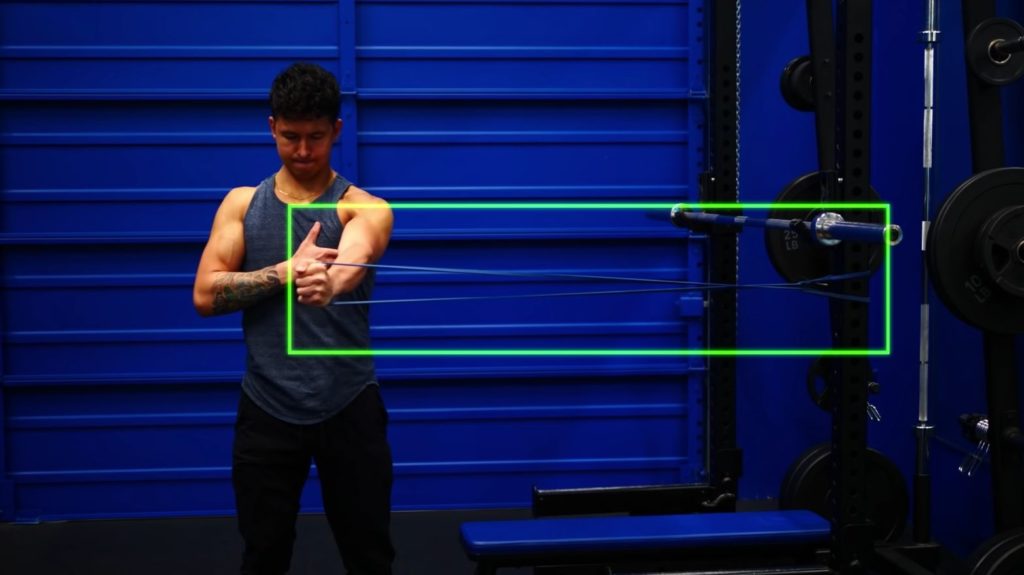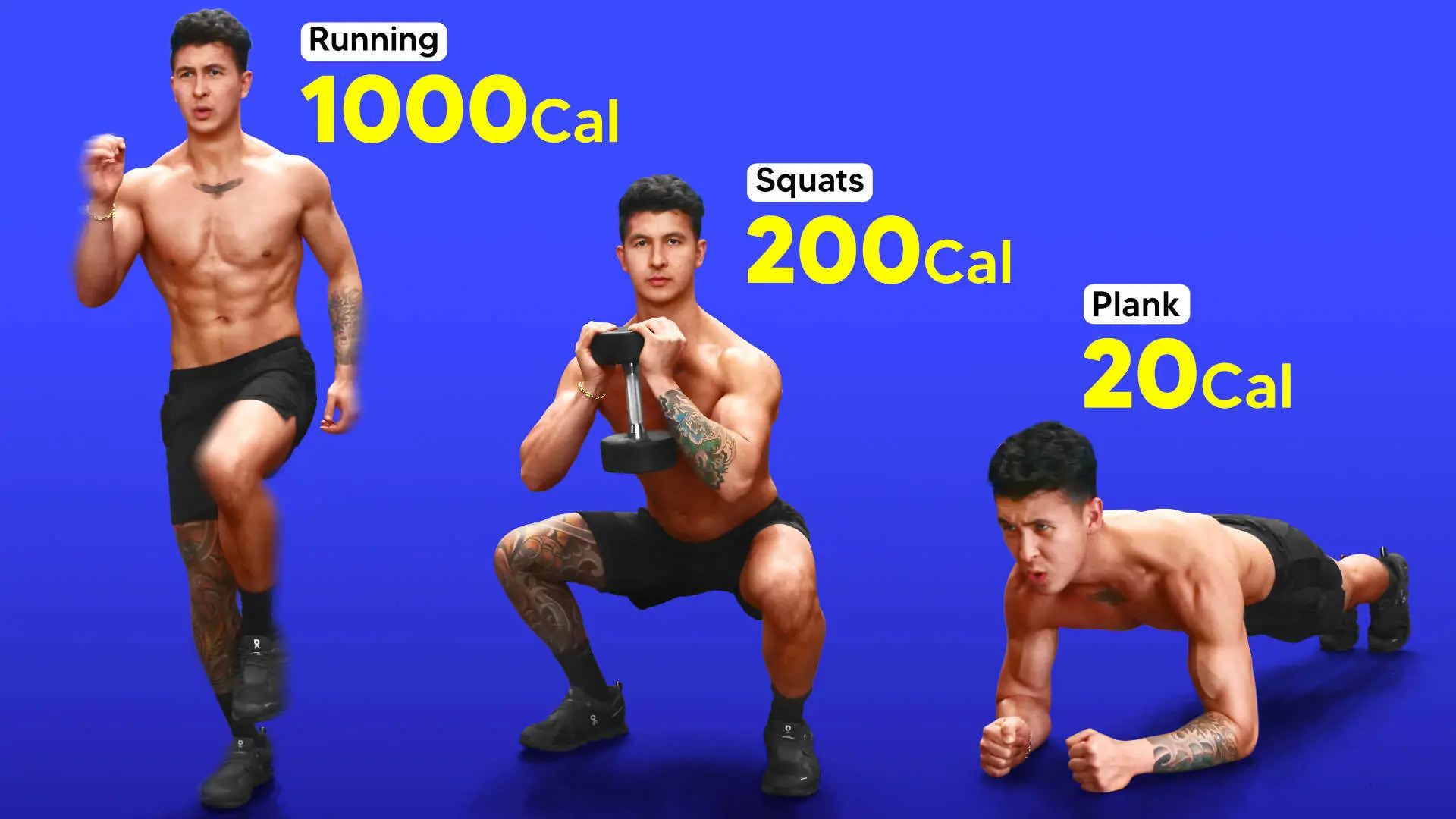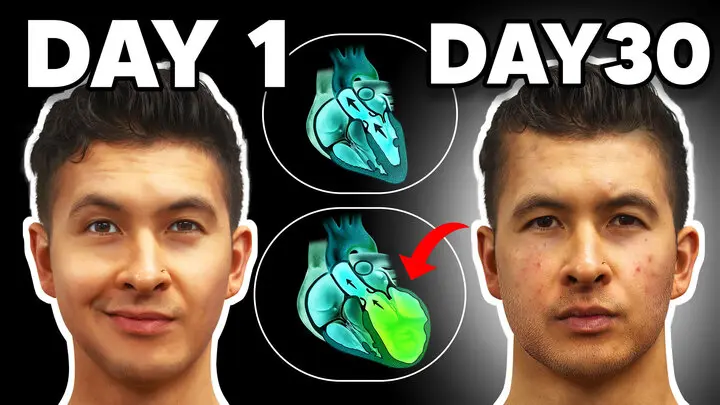How To Get A Big Chest: 4 Mistakes Keeping You Small
Massive. Thick. Striated. That's the ideal look for many guys — when it comes to the pecs. Here, I cover 4 common mistakes people make with training this muscle group, helping you learn how to get the big chest of your dreams.
I’m sure you’ve heard the advice, “If you want to grow a big chest, then you need to do heavy pressing movements”. Common "big chest exercises" include the bench press, dumbbell press, and push-ups. And there is truth to this. Studies that have tracked an individual’s strength in these movements have found a strong correlation between their pressing strength and the resulting chest growth. But if we take a closer look at the data, we find what are known as outliers. Some individuals, despite gaining significant strength in these movements, failed to increase their chest size much at all.
And I’m sure many of you can relate. In fact, this was one of my biggest frustrations when I first started training. No matter how strong I got with the bench press or how many push-ups I could do, my chest just wouldn’t grow. I’d end up feeling the movements more in my shoulders and triceps. And I blamed it on genetics. But eventually, I realized the problem. Even though I was doing the right chest exercises, I wasn’t doing them in a way that allowed my chest to do most of the work. Admittedly, my chest is still nowhere near where I want it to be. But it has improved drastically ever since I fixed 4 things.
Regardless of how long you’ve been training for, fix the 4 mistakes I’m about to show you. And I guarantee this. During your next workout, you’ll finally feel your chest light up and rapidly grow like it never has before.
But of course, if you’re not just looking to develop your chest, then you’d benefit from one of our programs. These go through, step-by-step, how you can develop a well-rounded physique. If you’re interested:
Click the button below to take my analysis quiz to discover the best program for you:
↓
Mistake 1: Chest Caves In
Many of you reading this are probably students or full-time professionals who sit most of the day. Back when I first started training, I was a student. And I sat like this for hours, every day. Without me realizing it, my posture eventually became more “hunched” over time with my shoulders rounding forward. Why am I telling you this?
Well, let’s take this slouched posture and apply it to the bench press. If you’re locked up in this position, then when you press the bar, you’ll naturally be inclined to let your shoulders round forward and chest cave in as you push the weight up. But the more you let this happen, the more tension is shifted away from the chest and onto the shoulders instead. Do this over time, and even if you get stronger at bench pressing, it’s your front delts that’ll end up growing and not your chest.
So, how do you fix this?
Well, there are 2 steps to this. Both are equally as important.
Step 1: Address The Root Cause
The first step is to address the root cause. You need to work on your mobility to help open up your chest. This will help you better utilize your chest in the first place during any pressing movements. By the way: I do have a daily posture routine that focuses on the upper body you can check out right here.
But for your next workout, I want you to do these 2 exercises right before you press to help open up your chest.
First, take a band and perform over and backs to open up the tight chest and front delt muscles.
If you don’t have a band, you can clasp both hands behind your back and extend your arms back and up, squeezing your shoulders blades together to open up your chest.
Do 2 sets of 5-10 slow and controlled reps here.
Next, we want to activate some of your weakened back muscles to help re-enforce this upright posture. Lay on your stomach, squeeze your butt, and move your arms into a Y position overhead with your thumbs pointing up. Lift your hands off the ground slightly. Hold that for a second.
Then, move your arms into a W position squeezing your shoulder blades back. Hold that for a second.
Then straighten your arms out to the sides to make a T shape before going back to the W and Y once more.
Focus on working the muscles in your mid back. Repeat that for a total of 6 reps.
These exercises will help temporarily open up your body so your chest will be in a better position to do work. But what you’ll do next will make sure your chest now stays in the proper position as you press.
Step 2: Maintain A Retracted Position On Pressing Movements
Now, most people will keep their back completely flat whenever they do any sort of pressing against a bench. This brings about two issues:
- It puts your shoulders, instead of your chest in a more favorable position to do work. That's because, in this position, your shoulders will be more inclined to round forward.
- It tends to be an uncomfortable and overall riskier position for your shoulder joint.
Instead, before you press, bring your shoulders down and away from your ears. And then retract your shoulder blades by pinching them together as if you had a pencil between them. As a result of this, your chest will pop up and an arch will be created in your upper back. This, in turn, creates a bit of space between your lower back and the bench. Set this up and maintain it as you press. And this helps you keep the shoulders pinned back and chest out, enabling your chest to now do the work.
You’ll want to mainly focus on maintaining this retracted position as you lower the weight down. As you press however, it’s fine if your shoulder blades open up a bit. This will help you fully contract your chest — so long as:
- Your chest remains up and out AND
- You aren't excessively protracting your shoulder blades and letting your shoulders roll forward or shrug up (like we talked about earlier)
Mistake 2: Elbow Compensation
Alright, so applying the previous point will set you up to successfully start using your chest when pressing. But the second mistake can steal tension away from the chest. Even if you keep your shoulder blades retracted and chest out. It has to do with your elbows.
To maximally activate your chest when pressing, you want your elbow angle to line up with the majority of your chest fibres. This tends to be at an angle of around 45 to 60 degrees. However, many of you reading will likely have relatively stronger shoulders and a weaker chest. As a result, your body will be inclined to flare your elbows out as you press. In other words: you're trying to use your stronger shoulders to lift the weight rather than your weaker pecs.
It’s very subtle. And it’s not something many of you will be able to notice, let alone feel. To minimize the odds of this happening though, here’s what you can do.
Oh, but before that: note that this mistake doesn't only apply to pressing movements with the chest. You may also be unconsciously shifting tension away from other target muscle groups as well, like your back, or even hamstrings. For a step-by-step program that walks you through everything you need to train optimally, for the best possible muscle growth and a well-balanced physique:
Click the button below to take my analysis quiz to discover the best program for you:
↓
How To Minimize Elbow Compensation
First, avoid using a crazy wide grip since that will tend to cause your elbows to flare out regardless. Instead, use a grip that’s about 1.5x shoulder width.
Then, as you bring the bar down, tuck your elbows to roughly a 45 degree angle. As a result of this, the bar should actually move down and back as you lower it, landing around the level of your nipples.
Then, as you press, try to consciously avoid letting your elbows flare out, keep them tucked in and drive your biceps in towards your chest. The bar should then end up back over your chin.
And the same applies for dumbbell presses and even push-ups.
Maximally activate the chest by keeping those elbows tucked on the way down and avoid letting them flare on the way up. But trust me, your elbows will naturally want to flare out. So, if you can’t keep that from happening as you press up, then that’s a sign you need to lower the weight. Unfortunately, your chest just isn’t ready to take on that heavy load.
Mistake 3: "Pushing" The Weight Up
Ok, so by applying the previous 2 points, you’ll be setting up your form to maximally activate your chest. But to boost activation even further, you want to apply something called the mind-muscle connection. Doing so has been shown to boost even well trained subjects’ chest activation by 22%, and seems to result in faster growth over time.
To do so, we first need to change the way you think about pressing. Although throughout the article I’ve been using terms like “pressing” and “pushing” the weight up, that’s not actually what the chest does. The chest is mainly responsible for a movement called horizontal adduction. This is simply the act of bringing your arms together. So, to properly activate your chest while you bench, do push-ups, or any pressing motion, you need to shift your thinking from pushing to “pulling your arms together” instead. The latter is ultimately what moves the weight up.
Chest Activation Exercise
To re-enforce this, I want you to try out this exercise now. Then, you're going to do it right before the next time you press. too. Here's how to do it:
- Stand with one arm out to the side and the other holding your chest.
- Bring your shoulder blades down and pinched together (like we talked about earlier).
- Now, think about the following two points: point A at your biceps and point B at your inner pec.
- Use that pec to bring point A to point B while feeling that chest contract with your other hand. Avoid letting your shoulder take over by keeping your shoulder blades back.
Once you start feeling that, try bending your arm as if you were pressing. Again, just think about point A to point B, or squeezing your biceps into the side of your chest.
Try this with both arms and try it with a band as well for some resistance.
Implement Mind-Muscle Connection With Other Chest Exercises
Once you start feeling that, you can try it out with push-ups. Don’t think about pushing your body up. Instead, think about bringing your arms together as if you were trying to slide your hands in together. And soon, you'll understand just how possible it is to get a big chest with just push-ups.
Then, when you get to the gym, try this out on an empty bar. Again, just think about pulling your arms together every rep by using your chest rather than just pushing the weight up. Or, when using light dumbbells, think about trying to create a big arch with your arms and again squeezing the arms together on the way up rather than just pumping the weight ups and down.
Once this “clicks” for you you’ll feel the difference right away, and this mind to muscle connection you establish with your chest will only grow stronger overtime especially as the size of your chest increases.
Mistake 4: Ego
Alright, we’ve already covered quite a bit. But there is still 1 more mistake that has the power to sabotage everything you’ve just learned. This is ultimately what caused me to have a really strong bench press, but no chest to show for it.
What is it? Ego!
If you properly apply the tips we went through, you’re going to start actually using your chest when you press. But here's the thing. Your chest is relatively weaker compared to your other stronger muscles that usually take over. That means you’re not going to be able to lift as heavy of a weight as you’re used to!
When this happens, don’t let your ego takeover and fall back into bad habits. Realize that now tension is being placed where it should be. As a result, you’ll finally be able to feel and visually see massive chest growth despite using lighter weight. And, it won’t take long for you to return to what you were lifting before. But this time, it’ll be because your chest is getting bigger and stronger. So lighten the weight, take it slow, and trust the process. It takes time to build the chest, so I can’t stress how important this is.
Takeaway
So, I hope you were able to see just how important it is for you to not only do the right exercises to build your chest — but performing them in a way that maximizes your efforts to grow the chest.
Working smarter and focusing on quality work rather than wasting time in the gym is what we preach at Built With Science. It’s why within our science-based programs, we provide in-depth tutorials for each and every exercise as well as muscle activation drills just like we did with the chest but for all your muscle groups.
To gain access and start transforming your body today, take my analysis quiz to discover what program is best for you and your specific body below:
Click the button below to take my analysis quiz to discover the best program for you:
↓
Thanks for reading! Oh, and before you go, do check out my past article on how to grow your shoulders, or check out the posture routine I talked about earlier.



